YouTube has recently introduced a new feature that ostensibly aims to celebrate collaboration—displaying multiple creators prominently on video titles. The platform claims this move is about expanding visibility for creators and fostering a more inclusive ecosystem. However, beneath this veneer of democratization lies a strategic effort to reinforce existing power dynamics, subtly directing traffic towards established, often more conservative-aligned content giants. It’s a calculated move disguised as innovation, yet it subtly consolidates the influence of the platform’s core demographics—those who align with center-right liberal ideals that favor corporate-friendly narratives and mainstream influencers.
While the tool might seem to democratize visibility by showcasing multiple creators, it subtly privileges well-connected, high-profile channels. These are usually the channels with more substantial backing—larger audiences, better production, and often, ideological narratives that align with mainstream, centrist values. In this sense, YouTube’s push for collaboration is less about elevating newcomers and more about reinforcing the status quo, ensuring dominant players remain in the spotlight and influence the discourse.
The Myth of Fair Representation in a Monopolized Ecosystem
Promoting collaboration in theory sounds like a step toward genuine diversity—more voices, more perspectives. Yet, it’s clear that the reality is skewed. The new feature functions as a promotional tool that favors the already popular. When a collaboration appears on a video, the creators at the top often benefit disproportionately, gaining more traffic, subscribers, and influence. This creates a cycle where established channels get more entrenched power under the guise of fairness.
Furthermore, the integration of collaboration displays echoes the commercial strategies historically favored by platform owners. By guiding viewers towards familiar, often mainstream channels, YouTube effectively maintains its monopoly over the attention economy. Smaller, independent creators struggle to gain prominence unless they align with the preferences of the dominant players and the ideology they promote. The system thus perpetuates a version of “collaborative meritocracy” that serves the interests of a wealthy, influential elite.
The Illusion of Democratic Content Creation
What’s most troubling is how this feature reinforces a narrative of cooperation as a means for dominant creators to extend their reach, rather than genuinely fostering diversity. It’s easy to believe that increased visibility equates to fair competition, but the game is rigged. The privileged few—often aligned with a center-right liberal stance that emphasizes free enterprise, individual success, and mainstream cultural values—stand to gain the most.
In essence, YouTube’s effort is a hypocritical attempt to appear progressive, while reinforcing the existing power pyramid. It offers a surface-level boost for creators who already hold influence, while continuing to exclude or marginalize voices that challenge the mainstream consensus or lack the backing of powerful networks. As a center-right leaning observer, I see this as a strategic affirmation of the status quo—supporting established corporate-influenced narratives while masking it under the guise of democratization.
By promoting these collaborative features, YouTube inadvertently shoulders the responsibility of perpetuating a digital landscape where the loudest and most connected dominate discourse, and genuine diversity remains a distant dream. If anything, this move highlights the platform’s subtle bias toward maintaining control within a familiar, centralized hierarchy—one that aligns more with conservative stability than radical change.


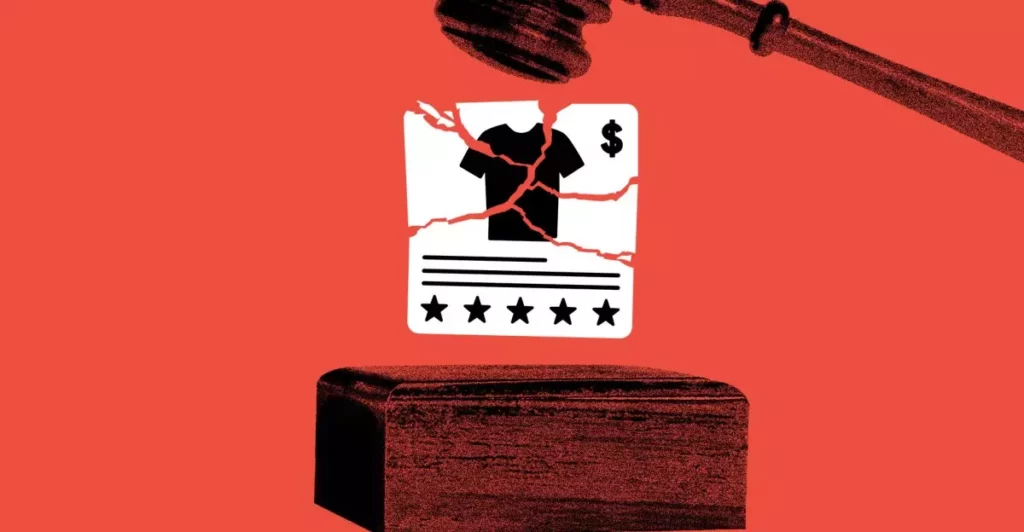

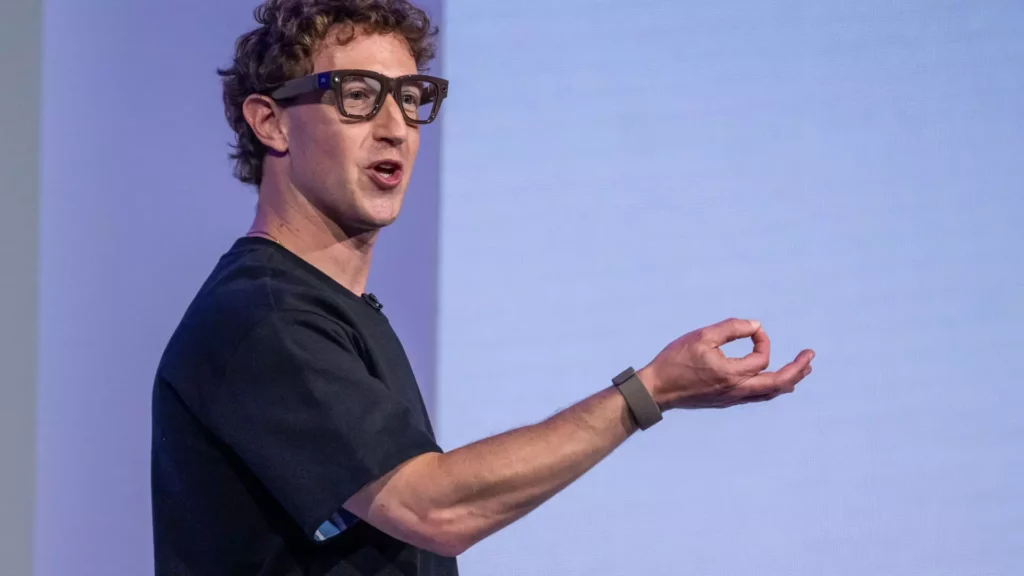

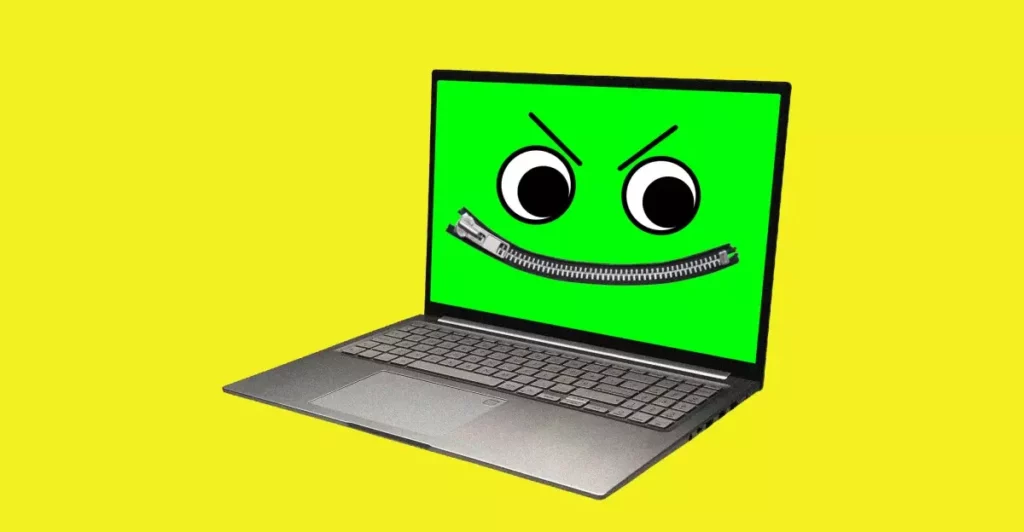
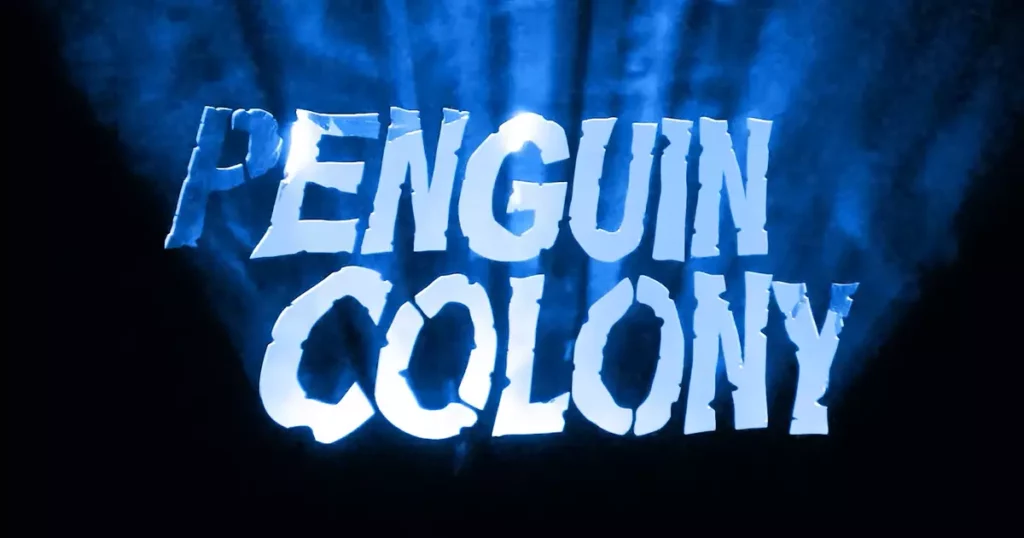
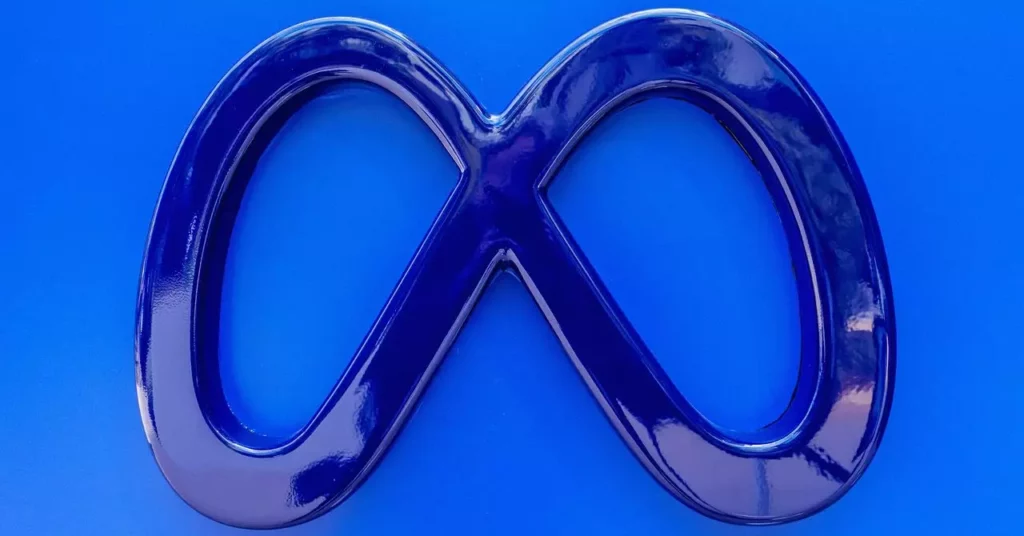
Leave a Reply